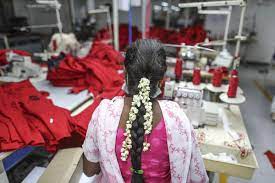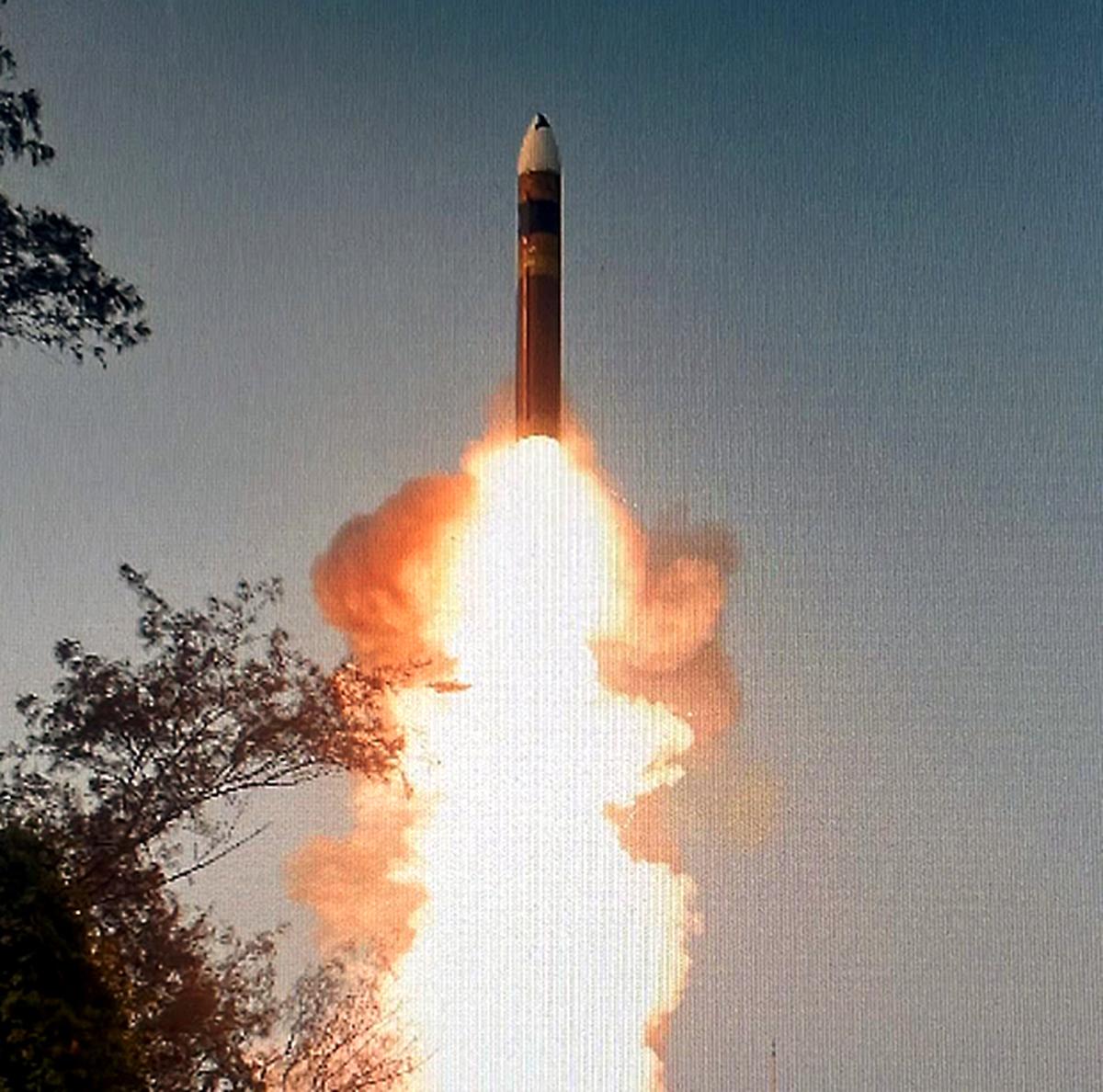
Indian Workers Face Uncertainty
Two decades ago, Jinul Abedeen moved to New Delhi to master Zardozi, an ancient and intricate threadwork technique. After a year of training, he secured a job at Orient Craft, a leading garment exporter supplying brands like Gap, Ralph Lauren, and American Eagle. For 12 years, his craft helped support his family.
“This is a true skill. Learning it took a year, and it’s invaluable,” Abedeen said.
Now, his hard-earned livelihood is at risk due to U.S. tariffs on Indian goods.
Trump’s 50% Tariffs Shake Indian Exports
On Wednesday, the White House imposed 50% tariffs on Indian exports, one of the largest levies in U.S. history. The tariffs target industries including textiles, steel, automobiles, and diamonds, threatening millions of jobs.
-
Half of the tariffs penalize India for buying Russian oil.
-
The other half are part of Trump’s “America First” policy, aiming to reduce U.S. trade deficits, which with India stood at $45.7 billion in 2024.
Clash With “Make in India”
The tariffs directly conflict with Prime Minister Narendra Modi’s “Make in India” initiative, which aims to boost domestic manufacturing and create millions of jobs. The U.S. was India’s largest export market, making this a significant setback for Indian manufacturers.
At Orient Craft, which exports 82% of its products to the U.S., the mood is grim.
“If the company is in trouble, we are in trouble. If the country is in trouble, we are in trouble,” Abedeen said.
Human Cost: Lives and Livelihoods at Stake
Neeraj Pandey, a 22-year factory veteran, has supported his children’s higher education on a modest income of $205 per month. Sumitra Devi, once a housewife, now provides for her daughters’ private schooling. Both fear losing their jobs due to tariffs.
“If I lose my job, my daughters will go back to government schools… this is a matter of pride,” Devi said.
Economic Implications
“Make in India”, launched in 2014, has received over $26 billion in government incentives to strengthen sectors like apparel and textiles. While manufacturing contributes 17% of India’s GDP, it has made India a viable alternative to China for global investors.
-
Sudhir Dhingra, owner of Orient Craft, reported paused orders from U.S. buyers.
-
Hemant Makhija, fabrics department head, estimates 20 million textile workers could be affected.
-
Ajay Srivastava, trade expert, predicts U.S. orders may drop 60–90%, totaling $5.4 billion in losses.
“It’s worse than Covid,” Dhingra said, emphasizing the human cost.
Diamond and Export Sectors Also Hit
Surat, India’s diamond hub, employs 5 million people and contributes 7% of GDP. Export leaders warn that tariffs could lead to job losses and salary cuts, highlighting the need to diversify markets to Europe, South America, and Russia.
Nationalism vs Global Trade
Trump’s “America First” strategy prioritizes U.S. interests and reshoring manufacturing, but risks damaging the Indo-U.S. trade relationship.
-
U.S. trade deficit with India has widened over the decade.
-
India-U.S. trade reached $129.2 billion in 2024, yet tariffs threaten to make Indian goods uncompetitive against Vietnam (20%) and China (42%).
India’s Response
Modi’s government called the tariffs “unfair and unjustified”, emphasizing that India will never compromise on farmers, fishermen, and laborers. Measures include:
-
Suspending import duties on raw materials
-
Accelerating trade talks to diversify export markets
However, for millions of factory workers, the threat is immediate:
“If my job goes away, I have no other work. I don’t know how to do anything else,” Pandey said.
Key Highlights
-
Trump imposes 50% tariffs on Indian exports, targeting textiles, steel, diamonds, and automobiles.
-
“Make in India” initiative faces setback, threatening millions of jobs.
-
U.S.-India trade deficit and energy purchases from Russia are central issues.
-
Orient Craft workers fear loss of livelihoods and future opportunities.
-
Government plans countermeasures to mitigate economic impact and diversify exports.











